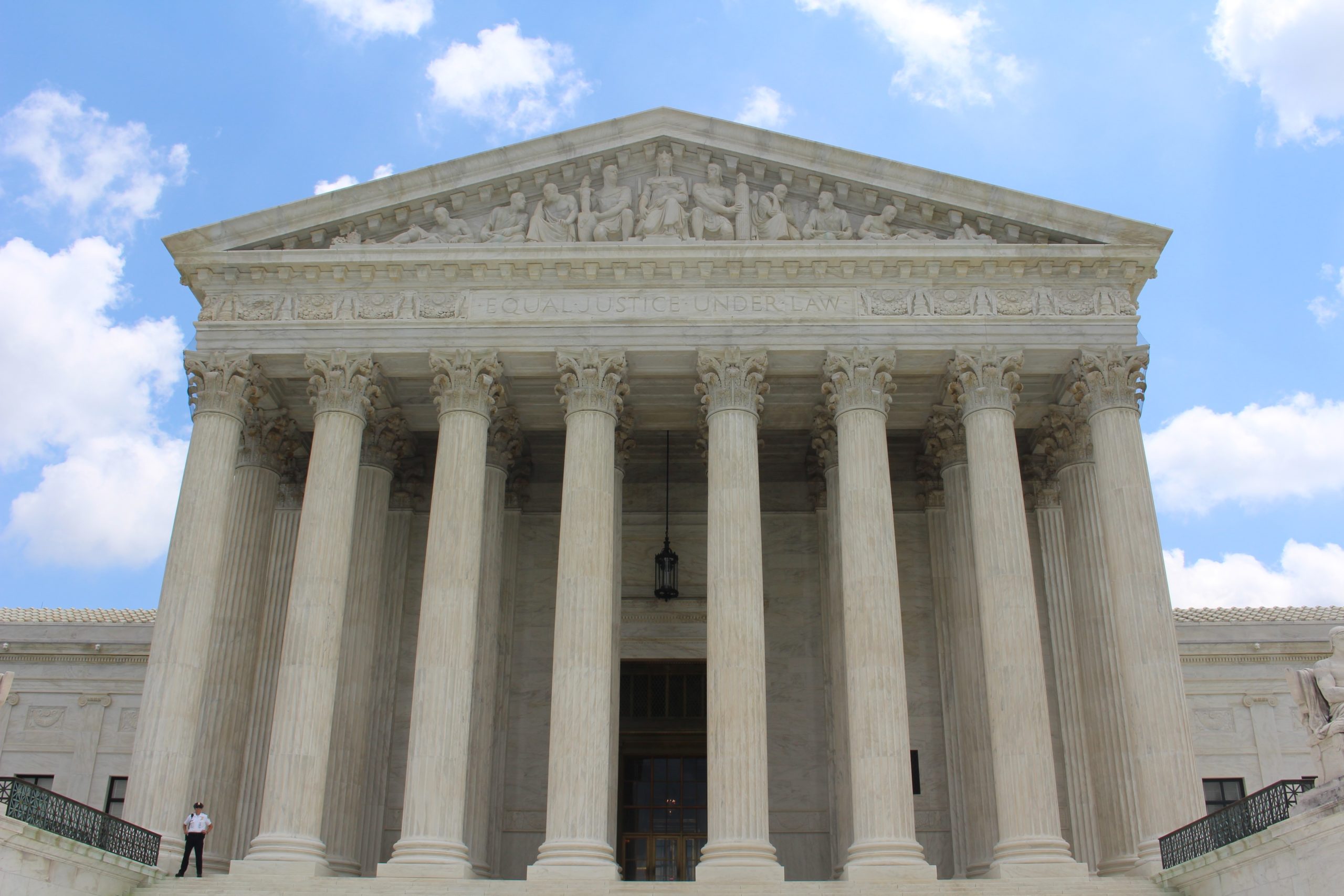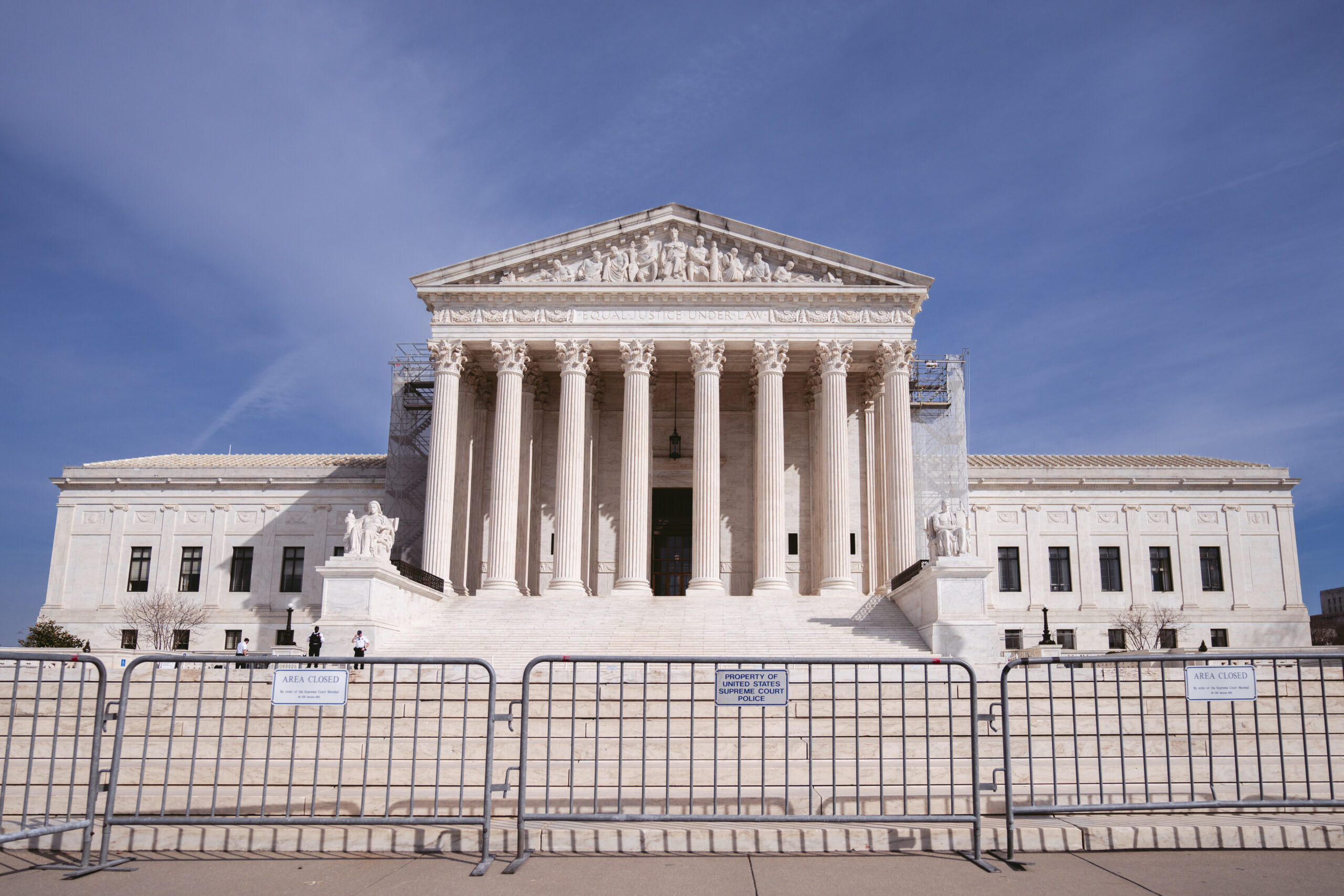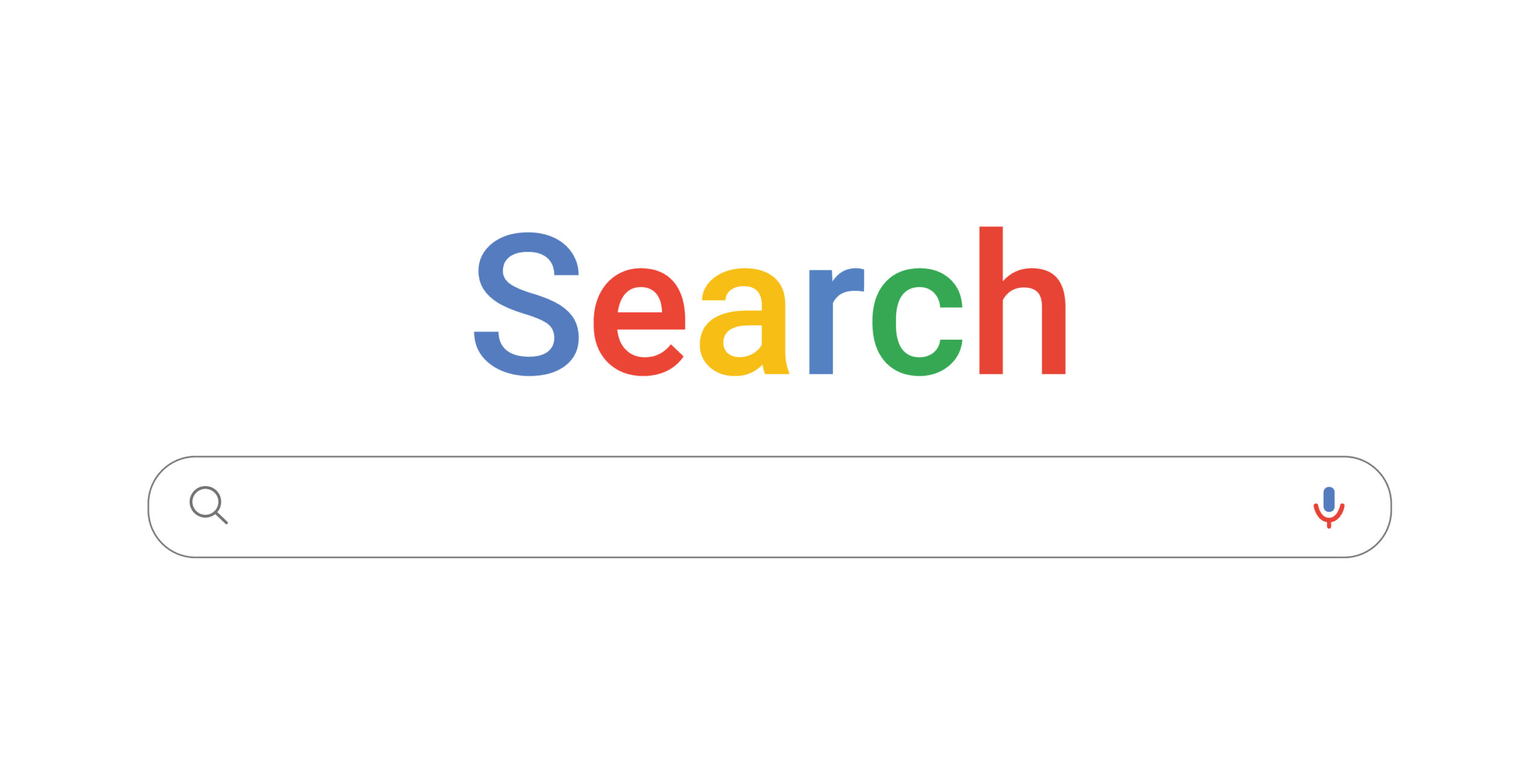Justices Display Concern About Monopolization and Disruption in Google v. Oracle Oral Argument

In yesterday’s oral argument in Google v. Oracle, several Justices expressed serious concerns that an Oracle victory could lead to legal monopolies over de facto standards and serious disruption of settled expectations in the software industry. See here for background on the case.
Significantly, all the Justices understood that the case concerned only the lawfulness of Google’s use of the declarations in the Java application programming interface (“API”), as opposed to the copyrightability of computer programs more generally. Oracle and its amici in their briefs had suggested that Google was seeking to undermine copyright protection for all software. The Justices, however, were clearly aware that this case was about the Java declarations, and they demonstrated an understanding of the declarations’ unique function: enabling Java programmers to use the calls they were trained to employ to invoke prewritten subroutines. Indeed, the Justices appeared to have a greater appreciation for the technical nuances than the U.S. Court of Appeals for the Federal Circuit (“CAFC”), whose decisions they were reviewing. While several Justices noted that Google could have created its own set of declarations, they recognized that those declarations would have been incompatible with the calls Java programmers had incorporated in their apps.
Justices Breyer, Kagan, and Roberts suggested that finding for Oracle could lead to monopoly control over widely-adopted standards. Justice Breyer listed various examples of standards whose control could lead to harmful monopoly power, including the QWERTY keyboard, telephone switchboards, and a chef’s system for organizing ingredients on kitchen shelves. Justice Kagan asked about the protectability of an innovative organization of groceries in a grocery store, and Oracle counsel Josh Rosenkranz attempted to distinguish the example by arguing that the structure of the Java declaration was far more complex. In fact, an average American grocery store can carry over 50,000 items. Justice Kagan also alluded to the QWERTY keyboard, the periodic table, and the system for classifying animals. “There are a thousand ways of organizing things, which the first person who developed them, you’re saying, could have a copyright and then prevent anybody else from using them.” Chief Justice Roberts asked about a new format for a restaurant menu that gains wide acceptance. Justice Gorsuch referred to antitrust law’s essential facilities doctrine.
Several of the Justices mentioned the strong support Google had in the software industry, specifically citing the briefs by Microsoft and 83 computer scientists. On the other hand, the Justices never alluded to Oracle’s amici, who mainly came from outside the software industry. Justice Sotomayor observed that “the entire computer world” understood that software interfaces such as the declarations were not protectable, in contrast to implementing code. “And on that understanding, industries have built up around” copying what’s necessary to run an application, but changing everything else. She stated that this understanding derived from a series of decisions in the First, Second, Ninth, and Eleventh Circuits. She further asserted that computer code should not be analogized to other copyrighted works because it was “sui generis.” Justice Sotomayor asked Oracle counsel Josh Rosenkranz, “why should we now upend what the industry has viewed” as outside the scope of copyright protection?
Similarly, Chief Justice Roberts asked Deputy Solicitor General (“DSG”) Malcolm Stewart why the United States supported Oracle despite the claims of the software industry that affirmance would “ruin our tech industry in the United States.” DSG Stewart’s weak response to this critical question was telling. First, he noted that the industry is still thriving six years after the CAFC’s decision that the declarations fell within the scope of copyright protection. Google counsel Tom Goldstein, however, had rebutted this point earlier in the oral argument; he noted that the industry had hoped that Google would still prevail on its fair use defense, as it did in the trial court. (Additionally, a CAFC decision on copyright is not binding on district courts in any circuit.)
Second, DSG Stewart claimed that the term “interfaces” is expansive, and many interfaces would still not exhibit sufficient creativity to be protectable. These segments of code could be copied “to preserve interoperability.” DSG Stewart added that “it may be that in particular circumstances, particular interfaces can be copied without authorization but that’s not a basis for a general rule.” In other words, DSG Stewart admitted that extending copyright protection to interfaces could interfere with interoperability. Nevertheless, DSG Stewart did not explain how a developer was supposed to figure out whether or not a particular interface she needed to use to achieve interoperability was protected by copyright. Nor did he address the adverse impact this uncertainty would have on the development of new programs.
Third, DSG Stewart referred to the open source licensing of declarations. The developer’s authority to enforce the license terms “depends on the proposition that the code is copyrightable to begin with.” For DSG Stewart, the prevalence of such licenses “tends to dispel the idea that there is a common understanding in the relevant community that this material is not copyrightable at all.” While it is true that open licensing of APIs in their entirety, including the implementing code, is prevalent, the open licensing of just the declarations and nothing else is uncommon, and for good reason. In most situations, the licensee does not want to reinvent the wheel by writing new implementing code.
Justice Breyer observed that “nothing in copyright is meant to give the owner of QWERTY” a monopoly over typewriting. He then stated that if Oracle is granted a monopoly over the declarations, the millions of people who learned Java would have to spend “vast amounts of money” on fees when developing new apps. It would be “unbelievable” that they would learn a new set of declarations. Affirmance would “give the owner of the declaration monopoly power over all those uses.” Justice Breyer asked DSG Stewart why he rejected this analysis.
Again, DSG Stewart’s response was revealing. He said that “when we talk about the people who will have to learn new calls in order to invoke the declarations, we’re not talking about consumers. We’re not talking about people who actually use smartphones. We’re talking about app developers. And these are economic actors.” There is much to unpack in this statement. First, DSG Stewart conceded that if Google did not use the Java declarations in its new platform, developers would have to learn a new set of calls to write programs for that platform. In other words, DSG Stewart conceded that this case is about interoperability. Second, DSG Stewart was completely indifferent to the enormous costs the DSG’s position was imposing on independent developers, merely because they are “economic actors.” He in effect agreed with Google counsel Tom Goldstein’s argument that Oracle was not trying to create a fan base for its products; rather, Oracle “is trying to create a set of prisoners. They want to lock developers into only using Java SE.”
DSG Stewart acknowledged that “preserving interoperability can be a favored purpose for the fair use analysis.” When Justice Kagan asked why that reasoning did not apply here, DSG Stewart responded that “the app developers are in a fundamentally different position from the consumers.” This makes no sense. Consumers do not create interoperable products, app developers do. Granting a fair use privilege to users but not to app developers would be completely ineffectual.
With respect to fair use, Justice Sotomayor asked DSG Stewart why wasn’t Android “a giant step of fair use,” given that Google moved Java from PCs to mobile phones. She suggested that this was a “transformative step.” To make a fair use, “you have to copy something and create something new from it.” DSG Stewart responded that Google’s use wasn’t transformative because the declaring code “is performing exactly the same function that it performed in Java.” That is, it allows an app developer to use a preexisting call to invoke a subroutine to perform a specific function. Google counsel Tom Goldstein responded that “it cannot be that transformative use only exists when computer code does something different. Computer code only does one thing. There is no parody of computer code.” He added that DSG Stewart’s position “would mean ironically that this highly functional expression is less susceptible of fair use than a highly creative novel. That cannot be right.” Interestingly, Justice Kagan even questioned the utility of discussing transformativeness in the context of software, which inevitably performs the same function.
Finally, the Justices devoted a significant amount of attention to the question of the appropriate standard of review of the jury’s fair use verdict. Justice Gorsuch expressed disbelief that no reasonable jury could find fair use. And, as noted above, Justice Sotomayor suggested that Google’s use was “a giant step of fair use.” If the case is remanded to the CAFC with instructions to reconsider the jury verdict under the standard of whether no reasonable jury could reach the verdict, it would be hard for the CAFC to find that no reasonable jury could reach a verdict with which Justice Sotomayor, as well as amici Microsoft and IBM, agree.
Of course, the questions a Justice asks at oral argument do not necessarily reflect how the Justice will rule in a case. Nonetheless, most of the Justices indicated discomfort with aspects of the CAFC’s decisions.








